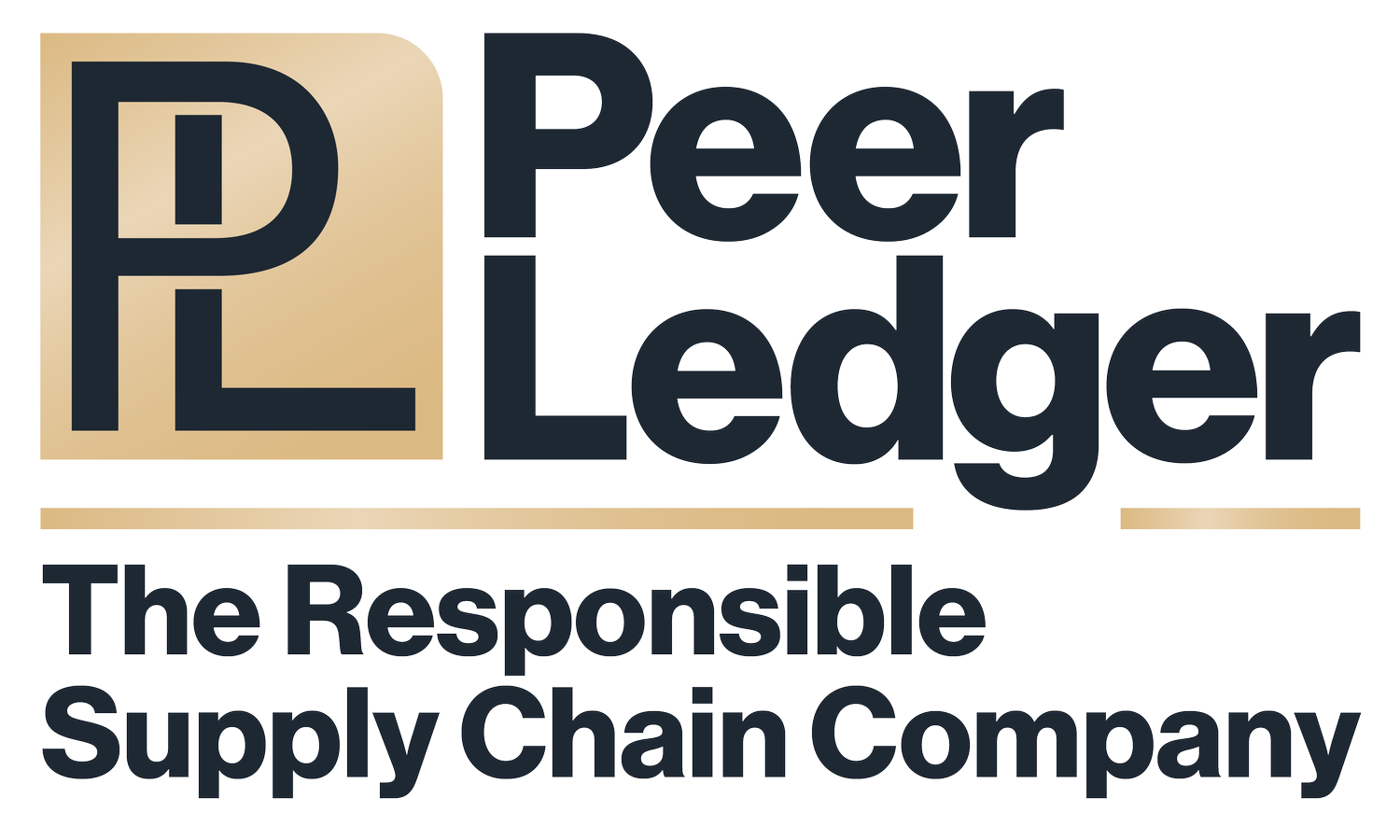What are carbon credits? How traceability helps track your environmental footprints
The climate crisis has continued unabated for years causing countries to seek initiatives to slow down global warming and reach net-zero emissions by 2050. Increasing concentrations of greenhouse gasses (GHG) are one of the main causes of climate change. Governments have set emission standards for economic sectors and created a "cap-and-trade" (shown below) program in which carbon credits are essential objectives. We will cover what a carbon credit is, how the cap-and-trade model works, as well as how traceable technology fits in this market.
What is a carbon credit?
According to Investopedia, one credit permits the emission of one ton of carbon dioxide or the equivalent in other greenhouse gasses.
Carbon credits are used in the "cap-and-trade" model. Companies can sell any excess credits to another company. Conversely, they must spend money on extra credits if their emissions exceed their cap. Companies can also invest in projects that reduce emissions to earn their credits. This model is represented in the infographic below.
The ultimate goal of carbon credits is to help balance the total emission of greenhouse gasses across the global value chain. It is hard to reduce emissions in some parts of the supply chain as we are yet to replace fossil-fuel-generated freights and other means of transportation. Hence, economic activities that cannot easily reduce emissions can still operate at a higher financial cost. According to Ecosystem Marketplace, the market to offset companies' environmental footprints is worth $1 billion in 2021. This approach creates a monetary incentive for companies to reduce their environmental footprints.
How traceability technology helps track your environmental footprints
Increasing environmental concerns create a need for diverse tracking data. Presently, traceability technology provides full visibility of the supply chain. Traceability technology also provides responsible sourcing, measuring and ESG management, and specifically allows for tracking of environmental metrics (i.e. water usage, chemical composition, and greenhouse gas emissions).
Peer Ledger's MIMOSI Connect captures all transactions and metrics from origin to customers. Since data is available across multiple tiers, MIMOSI Connect can accurately measure a corporation's environmental impact and input into Scope 3 greenhouse gas (GHG) emissions. Sustainable data is displayed in an aggregated dashboard where authorized users can view input metrics and access their company's output measures.
Peer Ledger provides an effective tool for companies to calculate their environmental impacts. MIMOSI Connect allows for better understanding of current scope 3 emissions. MIMOSI allows for companies to buy more credits when exceeding the cap as well as ensuring no double spending of credits. Peer Ledger is security certified, based on the ISO 27001 international standard for information security. Thus, proving we are trustworthy and reliable.
Environmental care is becoming a norm in today's society. At first, the governments put limits on companies' emissions and regulated rules for environmental protection. Now the pressure comes more from customers who expect and support brands to transition into more sustainable procedures. Traceability technology is one of the most effective solutions that help companies respond to customers' and governments' demands and satisfy their internal supply chain management needs.


